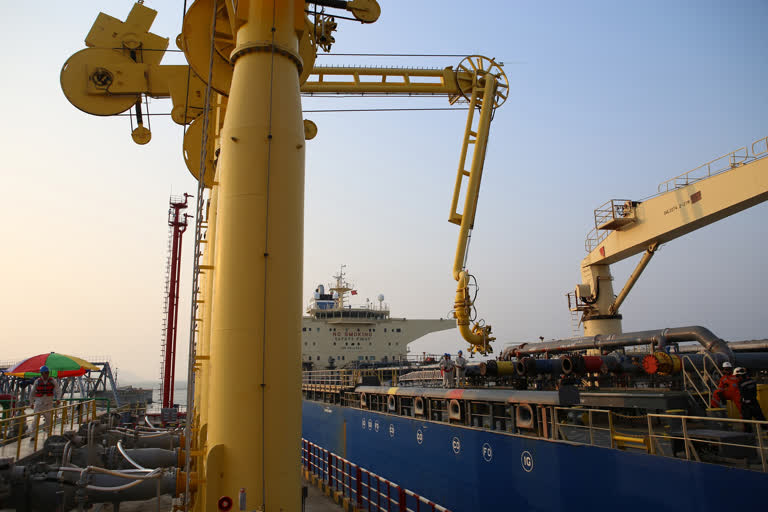Hyderabad: When the international crude prices steeply fell last month, people expected a similar fall in petrol and diesel prices in India; that did not happen. But a slight increase in this input’s price has resulted in the steep hike in these product prices every day during the past several days starting June 7; cumulative effect in ten days is about Rs 6 per litre increase; prices are unlikely to be the same when this article is published as the rates change every morning, 6 AM.
The petroleum product prices defy all the common sense and logic. The compulsion often explained for the high prices like India’s high dependence on crude imports, hike in the international prices, fall in the external value of rupee, untenable fuel subsidy burden on the government, under-recoveries/ losses of the oil marketing companies, etc. need closer scrutiny since there is more to it than meets the eye.
Profiteering on petroleum
First, the high crude prices and weak rupee plea. Take the prices of petrol, for example in Delhi, during three different points in time with different exchange rates and crude prices. In 2013, the crude price per barrel (159 liters) was $111.59.
At the then prevailing rupee-dollar exchange rate of Rs.66.89, the petrol’s per litre rate works out to Rs.46.94. The petrol that time was sold at Rs.76.06. Similarly, in 2018 per litre cost, factoring in the extant exchange rate and crude price, was equal to Rs.33.90 whereas the petrol price was the same, about Rs.76.
Taking the recent period, the crude price this April bottomed to $19.90. Although the exchange rate was high Rs.75.27 the per litre cost worked out to Rs.9.42. But the price of petrol was in the same Rs.70 region. So, the excuse of high crude and weak rupee does not hold much water.
Second, the claim of the oil sector subsidy burden. The government’s data, petroleum and natural gas statistics, refute its own claim.
The oil sector contributed Rs 4,56,530 crore to the government in 2017-18. The contribution included: Royalty from crude oil (Rs 12,057 crore), Royalty from gas (Rs.1722 crore), Oil Development Cess (Rs 13,544 crore), Excise and Custom duties (Rs 2,13,012 crore), sales tax (Rs.1,86,394 crore) and dividend (Rs 29,801 crore). Similarly, the provisional estimates of gains for 2018-19 is Rs.4,33,062 crore.
Oil gives, doesn’t take!
As per the government’s data, the share of the petroleum sector in total subsidies has increased from 8.3% (Rs.24,833 crore Revised Estimate) in 2018-19 to 11.1% (Rs.37,478 crore) crore in 2019-20 Budget Estimate.
But this amount is peanuts before what the government gets from the sector, more than Rs 4 lakh crore! The total subsidies of the government in 2017-18 amounted to Rs 2,24,455 crore which include subsidy on food (Rs.1,00,282 crore), fertilizers (Rs.66,468 crore), petroleum (Rs.24,460 crore), interest subsidies (Rs.22,146 crore) and other subsidies (Rs.11,099 crore).
